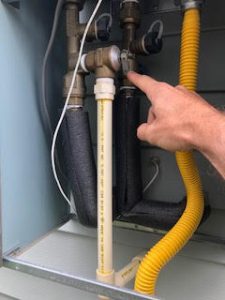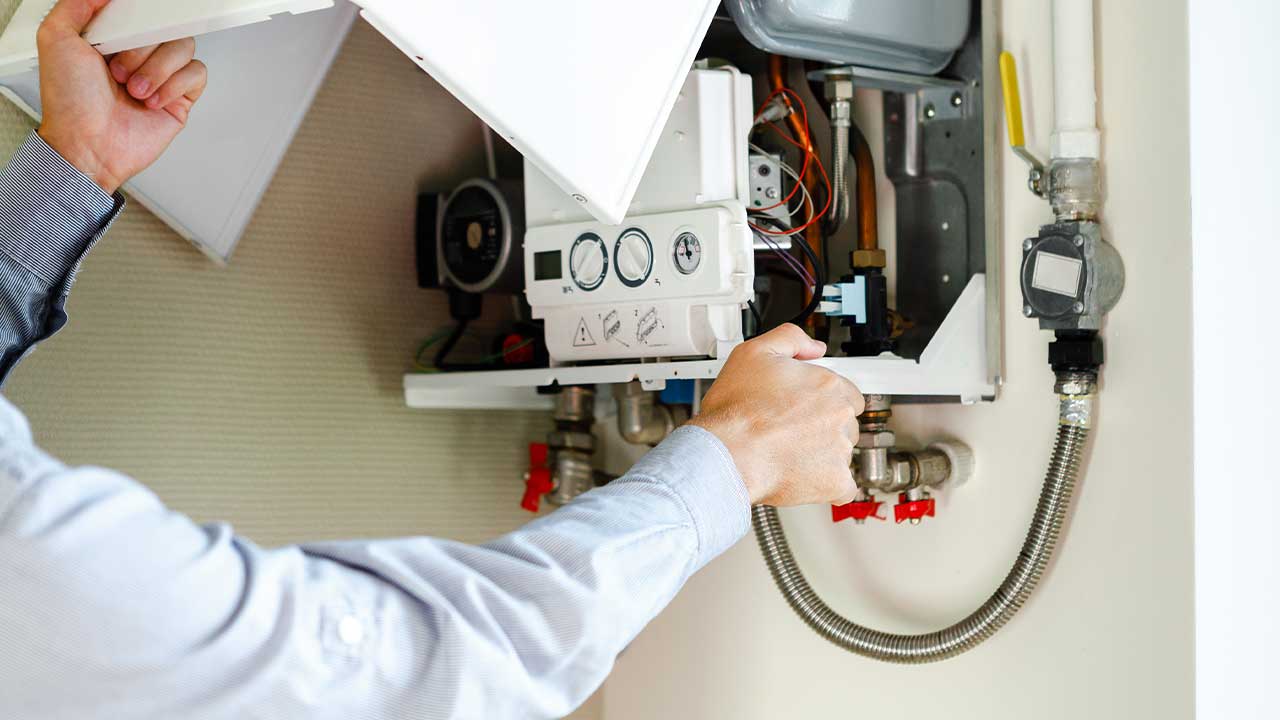The Temperature Pressure Relief Valve, commonly referred to as TPRV, is an integral component of the water heater. It doesn’t matter if you have a short 30-gallon water heater or a tank less on-demand version, all water heaters should have one installed correctly. You may have seen or heard of water heaters shooting up in the sky like rockets. Believe it or not, but that is a very real possibility. It is the TPRV that prevents this from happening.
TPRV’s are designed to automatically expel the pressure in the tank if it increases past normal safe levels. They can be installed on the top of the tank or on the side of the tank. It is very important that the TPRV is installed properly, in good working order, and the discharge pipe is approved for use and terminates to an approved location. TPRV’s can discharge water up to 150 psi and 210 Degrees Fahrenheit, so to prevent possible injury make sure there are no issues present. If you are concerned in any way contact a local home inspector or a licensed plumbing contractor.
There are multiple reasons the TPRV can discharge water including increased water system pressure, thermal expansion, water temperature setting too high, abnormal defect in the tank causing higher than normal temperatures, and/or the valve is failing requiring replacement.
It is highly recommended that the valve be tested for proper operation at least once annually. Prior to testing it is VERY important to check the following.
– A discharge pipe is attached, is not PVC material, and is not threaded with a cap at the bottom.
– The discharge pipe terminates within 6 inches of the floor if located in an area where damage can not be done if discharged. If the tank is located where damage can be done by discharging water the extension pipe should terminate to the exterior in a conspicuous location within 6 inches of the ground.
To test, simply lift the lever to expel a small amount of water. In areas with where the water contains heavy mineral deposits testing annually becomes especially important since minerals can adhere to the valve causing blockages. If you are attempting to test the valve and you do not see any water exit the discharge pipe PLEASE turn off the power/fuel source to the tank and contact a licensed plumbing contractor immediately for evaluation and repair.
Here are some common materials that are approved to be used as extension piping.
– CPVC (PVC is not approved as it can melt)
– Copper
– High Density Polyethylene (PEX)
– Galvanized Steel
– Polypropylene
– Stainless Steel


